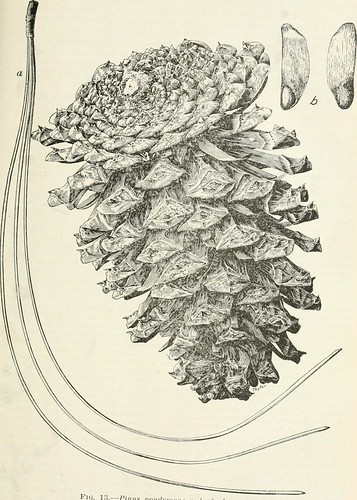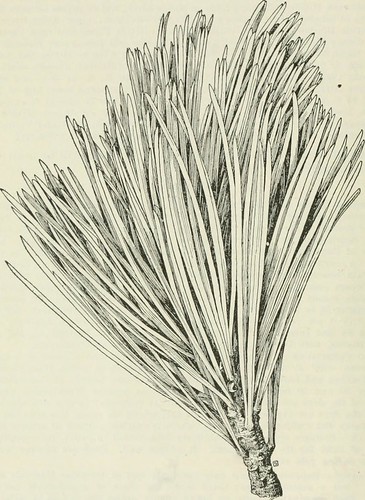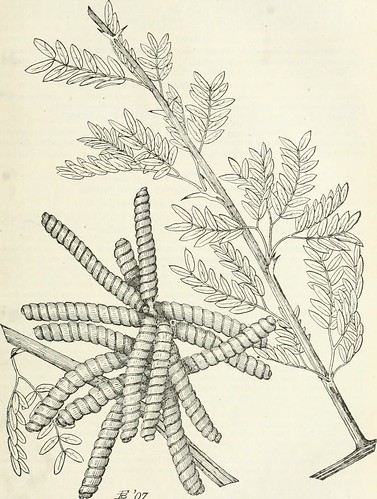Some cool cylindrical grinding solutions images:
Image from page 53 of “Forest trees of the Pacific slope” (1908)
Image by World wide web Archive Book Images
Identifier: foresttreesofpac00unit
Title: Forest trees of the Pacific slope
Year: 1908 (1900s)
Authors: United States. Forest Service Sudworth, George Bishop, 1862-1927
Subjects: Trees Forests and forestry
Publisher: Washington Govt. Print. Off
View Book Page: Book Viewer
About This Book: Catalog Entry
View All Pictures: All Photos From Book
Click here to view book online to see this illustration in context in a browseable on the web version of this book.
Text Appearing Prior to Image:
ranches close to the ground, retain-ing this extended low crown throughout life. The trunk is smoothly cylindrical,with tiny taper till the huge crown branches are reached. Height, from 125to 140 feet, with a virtually clear trunk of from 40 to 60 feet diameter, from3 to 4 feet. Its majestic size is surpassed among its sort only by the sugarpine. Unusually big trees are from 150 to 180 feet higher, even though trees are saidto have been found more than 200 feet high. The biggest diameter recorded is about8 feet. The bark of old trunks is marked by very broad, shield-like, russet-redplates, which could be from three to four inches thick, especially close to the base of thetree. The surface of this bark is peculiar in getting made up of little, concavescales. Younger trees, up to 2 feet in diameter, are really unlike older ones inhaving dark i-ed-browi^ or blackish, narrowly furrov^ed bark. Young shoots,which have a sturdy odor of orange when broken, are yellowish green and FOREST TREES OF THE PACIFIC SLOPE. 43
Text Appearing Soon after Image:
â Piiuis poiKlcrosu: a, leaf b, seed. are va,-iâWe aZ ,n L f ,âTo iT t^ ^T ° ^⢠*»- -^ 44 FOREST TREES OF THE PACIFIC SLOPE. other important distinction among trees bearing cones so dissimilar in color.The cones are from 2J to about 53 inches long and from 1* to about 2 incliesthick. The ends of the cone scales, after shedding their seed (mostly inSeptember), are russet-brown and shin.y. Soon after this the ccmes commence falling,and b.v early winter they are all down. A characteristic of the cone in break-ing away from the branch is that some of the basal scales are left on the tree.The seeds (fig. 13, b) are marked with purple spots and blotches on a dullyellowish groimd the wings are light purple-bruwn. Seed leaves, 5 to 9.Wood, ver.v variable in color, from a pale lemon yellow to an orange brown orreddish yellow. Wood, normally rather light, fine-grained, and sometimes solight and so slightly resinous as to be sold as lumber for white pine of highcommercial value. Longevity.â
Note About Photos
Please note that these images are extracted from scanned web page photos that may have been digitally enhanced for readability – coloration and appearance of these illustrations might not perfectly resemble the original perform.
Image from web page 30 of “Forest trees of the Pacific slope” (1908)
Image by Internet Archive Book Photos
Identifier: foresttreesofpac00unit
Title: Forest trees of the Pacific slope
Year: 1908 (1900s)
Authors: United States. Forest Service Sudworth, George Bishop, 1862-1927
Subjects: Trees Forests and forestry
Publisher: Washington Govt. Print. Off
View Book Page: Book Viewer
About This Book: Catalog Entry
View All Images: All Pictures From Book
Click right here to view book on the web to see this illustration in context in a browseable on-line version of this book.
Text Appearing Before Image:
nes, if not of all the tim-her pines of the area, the western yellow pine getting its only rival. Its massivetrunk attains a height of from IGO to 180 feet, with a diameter of from four to 7feet. Somewhat taller and larger trees are occasionally found. The trunk 24 FOREST TREES OF THE PACIFIC SLOPE. of mature trees is extremely straight, and tapers but tiny until the few huge, veiylong, horizontal limbs of its wide, flat crown are reached. These large branchesstand out so prominently at proper angles from the upper trunk as to distinguishit from associate<l pines. Its extended, cylindrical cones, suspended from the tipsof the branches, also serve to distinguish the tree at a long distuice. Treesfrom ix)le size to a foot in diameter bear distinct whorls of branches at longinteiTals down to the ground. Later in life the reduced whorls are shadedout and two or a lot more of the upper limbs develop enormously in the full light.This generally takes place as the tree attains its principal height development. Old bark
Text Appearing Soon after Image:
Fig. three.—Pinus Inmhcrfiniia. is deeply furrowed longitudinally, the ridges getting broken into extended, irregularplates. It is from I2 to 2i Inches or more in thickness and grayish brown incolor. In exposed situations the force of higher winds tears off the weatheredflakes of bark, leaving the exposed surface a deep red-brown color. Thesmooth, thin bark of the young trunks and branches of old trees is a dull, darkgray. The foliage is a deep blue-green, with a whitish tinge. The leaves (fig.3), in bundles of 3, are from 25 to about four inches lengthy. Those of every single yearsgrowth i)ersist two or 3 years. The cones (fig. four), which are uni(iue amongst
Note About Images
Please note that these images are extracted from scanned web page photos that might have been digitally enhanced for readability – coloration and appearance of these illustrations could not completely resemble the original operate.
Image from page 393 of “Forest trees of the Pacific slope” (1908)
Image by Net Archive Book Photos
Identifier: foresttreesofpac00unit
Title: Forest trees of the Pacific slope
Year: 1908 (1900s)
Authors: United States. Forest Service Sudworth, George Bishop, 1862-1927
Subjects: Trees Forests and forestry
Publisher: Washington Govt. Print. Off
View Book Web page: Book Viewer
About This Book: Catalog Entry
View All Photos: All Images From Book
Click here to view book on-line to see this illustration in context in a browseable on the internet version of this book.
Text Appearing Before Image:
ood by southwestern Indians and Mexicans.Two species and two nicely-marked varieties occur in southwestern United Statesand adjacent territory on the south. Screwpod Mesquite.Pro.sopiti (xlorata o Torrey and Fremont. DISTINGUISHING Qualities. Occasionally a quick-trunked tree from 15 to 20 feet higher, and from three to eight (rarely10 to 12) inches in diameter, but usually shrubby, with quite a few stems barkof large trunks pale reddish brown, shaggy with loose strips. Year-old twigs The technical name maintained by other writers is Prosopis puhcscens Bentham(184G) Prosopis odorata T. and F. was published in 1845 and is clearly entitled torecognition on the ground of being the first name applied to this tree, except for the FOREST TREES OF THE PACIFIC SLOPE. 363 I are hoary with a lot more or significantly less dense, miuute hairs. A pair of sharp spines marksthe point from which a single or two 2-forked leaf stems Situation each spine l)earsfrom 5 to 8 pairs of tiny, whitish-hairy leaflets (fig. 170). The ?reenlsh, I
Text Appearing Soon after Image:
^07 Fig. 170.—Prusoijiff odorata. inodorous flowers bloom from spring to late summer time, producing successivecrops of pods. Mature pods, pale yellow, cylindrical, spirally twisted (fig. unfortunate reality that the authors of it give in their description and plate characters ofboth Prosupis juJifloru DC. and of the screwpod mesquite. It is probable that a foliageand flowering branch of the former was utilised, with fruit of the latter species. There is 364 FOREST TREES OF THE PACIFIC SLOPE. 170)—a most distinctive character—and containing from about ten to 20 tiny,smooth, challenging seeds (fig. 170). Wood, pale yellowish brown and otherwisesimilar in its qualities, including weight, to that of the succeeding species. LoNGE^^TY.—Age limits not determined. Trees from six to eight inches in diameterare about from 50 to 75 years old, even though the larger trees identified occa-sionally are estimated to be from 100 to 150 years old. Westfc»rn Texas (valloy of Rio Grande, from Devils River to El Paso) w
Note About Images
Please note that these pictures are extracted from scanned page pictures that may have been digitally enhanced for readability – coloration and appearance of these illustrations may possibly not perfectly resemble the original operate.
(Posted by a CNC machining China Company and precision CNC machined parts China manufacturer)
No comments:
Post a Comment